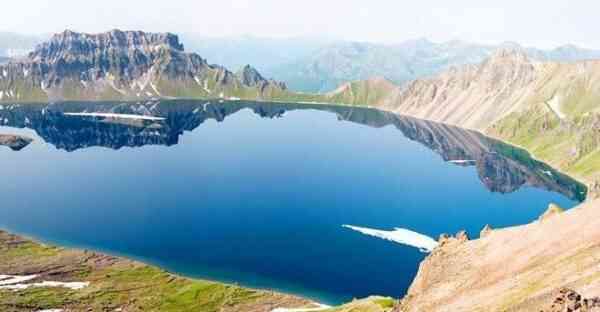Despite the fact that Kamchatka is amazingly beautiful, tourists do not visit it very actively. Due to the significant geographical remoteness, getting here is very expensive for everyone, except perhaps for residents of the nearest regions, but, really, it’s worth it – there are few places where you can see such an incredible northern nature in all its glory. It’s really unforgettable here.
Interesting facts about Kamchatka
- The area of the peninsula is approximately equal to the area of the whole of New Zealand (interesting facts about New Zealand).
- The largest river in these parts is also called Kamchatka.
- Once, before the development of air traffic, the path to Kamchatka from European parts of Russia took 10-12 months, or even more.
- Kamchatka became an open region for everyone only after the collapse of the USSR. In Soviet times, even residents of other regions of the Union needed permission to visit it, and foreigners were not allowed here at all.
- About 330 volcanoes are located in Kamchatka, however, 90% of them have long died out. But this does not mean that someday they will not wake up again (interesting facts about volcanoes).
- Tourists are not allowed to roam on their own without being accompanied by rangers, because there are many wild bears in the Kamchatka forests.
- More than two hundred different species of birds live permanently in Kamchatka.
- Seismic activity in Kamchatka is higher than in any other region of Russia. Simply put, earthquakes are not uncommon here.
- The most common plant in the Kamchatka forests is the Erman birch, which is also called the stone birch. It is extremely difficult to cut it down, not to mention processing the resulting wood.
- Kamchatka is separated from Alaska by a strait less than 4 kilometers wide (interesting facts about Alaska).
- About 80% of all living creatures living in Kamchatka are insects, despite the cold climate.
- The most visited and interesting place in Kamchatka is the Valley of Geysers.
- There are quite a few lakes here, though mostly small ones. Among them, Chloride is especially interesting, known for its deadly poisonous waters.
- There were once no frogs in Kamchatka, but then representatives of one their kind. As a result, they took root and spread quite widely (interesting facts about frogs).
- Until now, no one knows exactly where the name «Kamchatka» comes from. There are a lot of different versions.
- In addition to geysers, there are many so-called mud pots in Kamchatka – depressions in the ground, in which hot liquid mud boils under the influence of hot steam.
- There are 3 nature reserve, 8 reserves and 5 natural parks, and more than 100 places on the peninsula are recognized as natural monuments.
- During the «cold war» Soviet lunar rovers were tested precisely in Kamchatka.
- Water from most Kamchatka rivers can be drunk without prior purification. It is so clean because local rivers mostly originate from glaciers (interesting facts about rivers).
- The highest volcano in all of Eurasia is Klyuchevskaya Sopka located in Kamchatka. It is 4.75 km high and erupts on average once every 5 years.
- Many Kamchatka bears eat little meat, preferring to fish rather than hunt. In summer, they even graze in glades, eating berries.
- The capital of Kamchatka, the city of Petropavlovsk-Kamchatsky, is the oldest city in the entire Far East. Just 30 km away is the active volcano Avachinsky.
- In total, about 1200 different species of higher plants grow in Kamchatka, as well as many mosses and lichens (interesting facts about mosses).
- In many cities of the former Soviet Union have streets called the Kamchatka Peninsula.
- Kamchatka is washed by two seas, the Sea of Okhotsk and the Bering Sea. Both of them are sometimes referred to as Kamchatsky in old records.
